Preview |
PDF (Original Article)
- Requires a PDF viewer such as GSview, Xpdf or Adobe Acrobat Reader
9MB |
|
Other (Supporting Information)
17MB |
| Item Type: | Article |
|---|---|
| Title: | Distinguishing neuromyelitis optica spectrum disorders subtypes: a study on AQP4 and C3d epitope expression in cytokine-primed human astrocytes |
| Creators Name: | Alisch, M., Foersterling, F., Zocholl, D., Muinjonov, B., Schindler, P., Duchnow, A., Otto, C., Ruprecht, K., Schmitz-Hübsch, T., Jarius, S., Paul, F. and Siffrin, V. |
| Abstract: | Neuromyelitis optica spectrum disorders (NMOSD) are severe autoimmune conditions affecting the central nervous system. In a subset of cases, no autoantibodies are detectable with the currently used routine assays. This study aimed to determine whether the levels of expression of aquaporin-4 (AQP4), excitatory amino acid transporter 2 (EAAT2), or complement C3/C3d and C5b-9 in human astrocytes following incubation with patient sera under inflammatory conditions differ between the various NMOSD subtypes and whether such differences can help to identify autoantibody-mediated cases of NMOSD. Levels of AQP4, EAAT2, complement C3/C3d and C5b-9 epitope expression on human astrocytes pretreated with various cytokines were quantitatively analyzed via indirect immunofluorescence after exposure to sera from patients with AQP4-IgG seropositive, MOG-IgG seropositive, and AQP4/MOG-IgG double seronegative NMOSD. Significant differences in AQP4 and C3d epitope expression were observed, with IL-17A, IL-10, and IL-6 pre-treatment notably influencing astrocytic responses. Using uniform manifold approximation and projection (UMAP), patients were classified into clusters corresponding to AQP4-IgG seropositive, MOG-IgG seropositive, or double seronegative NMOSD. These results demonstrate distinct astrocytic staining patterns across NMOSD subtypes, providing a potential diagnostic tool for distinguishing between autoantibody-mediated astrocytopathy and other cases. These findings suggest specific pathogenic mechanisms linked to each NMOSD subtype, which may have implications for tailoring therapeutic strategies based on cytokine involvement and astrocyte reactivity. |
| Keywords: | AQP4, Astrocyte, C3/C3d, C5b-9, EAAT2, IL- 6, MOGAD, NMOSD |
| Source: | Glia |
| ISSN: | 0894-1491 |
| Publisher: | Wiley |
| Volume: | 73 |
| Number: | 5 |
| Page Range: | 1090-1106 |
| Date: | May 2025 |
| Official Publication: | https://doi.org/10.1002/glia.24675 |
| PubMed: | View item in PubMed |
Repository Staff Only: item control page

 Tools
Tools Tools
Tools

